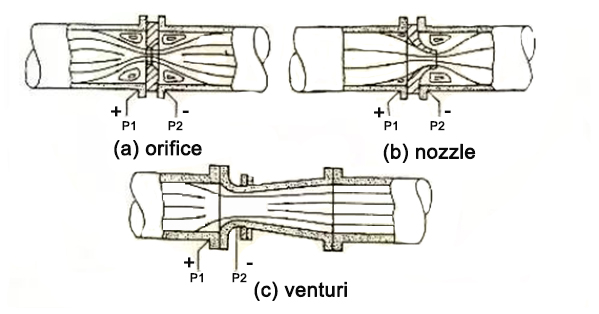Ultrasonic liquid level timing is a non-contact measuring instrument for the liquid level of storage tanks. It has the advantages of flexible use, stable performance, and high reliability. It is suitable for food, beverage, pharmaceutical and other fields.The first type: there is stirring in the on-site container, and the liquid fluctuates greatly, which affects the measurement of the ultrasonic level gauge.Trouble phenomenon: No signal or severe data fluctuation.Reason: Ultrasonic level gauges talk about measuring distances of a few meters, all referring to calm water. For example, an ultrasonic level gauge with a range of 5 meters generally means that the maximum distance to measure a calm water surface is 5 meters, but the actual factory will achieve 6 meters. In the case of stirring in the container, the water surface is not calm, and the reflected signal will be reduced to less than half of the normal signal.Solution:1. Choose an ultrasonic level gauge with a larger range. If the actual range is 5 meters, use a 10 or 15-meter ultrasonic level gauge to measure.2. If you don’t change the ultrasonic level gauge and the liquid in the tank is non-viscous, you can also install a stilling wave tube. Put the ultrasonic level gauge probe in the stilling wave tube to measure the height of the level gauge, because the liquid level in the stilling wave tube is basically stable. .3. It is recommended to change the two-wire ultrasonic level gauge to a four-wire system.The second type: there is electromagnetic interference on site.Trouble phenomenon: The data of the ultrasonic level gauge fluctuates irregularly, or simply shows no signal.Reason: There are many motors, frequency converters and electric welding in the industrial field, which will affect the measurement of ultrasonic level gauge. Electromagnetic interference can exceed the echo signal received by the probe.Solution:1. The ultrasonic level gauge must be grounded reliably. After grounding, some interference on the circuit board will run away through the ground wire. Moreover, the grounding is to be grounded separately, and cannot be shared with other equipment.2. The power supply cannot be the same power supply as the frequency converter and the motor, and it cannot be directly drawn from the power supply of the power system.
3. The installation site should be far away from frequency converters, frequency conversion motors, and high-power electric equipment. If it cannot be far away, a metal instrument box must be installed outside the level gauge to isolate and shield it, and the instrument box must also be grounded.

Post time: 21-09-21
